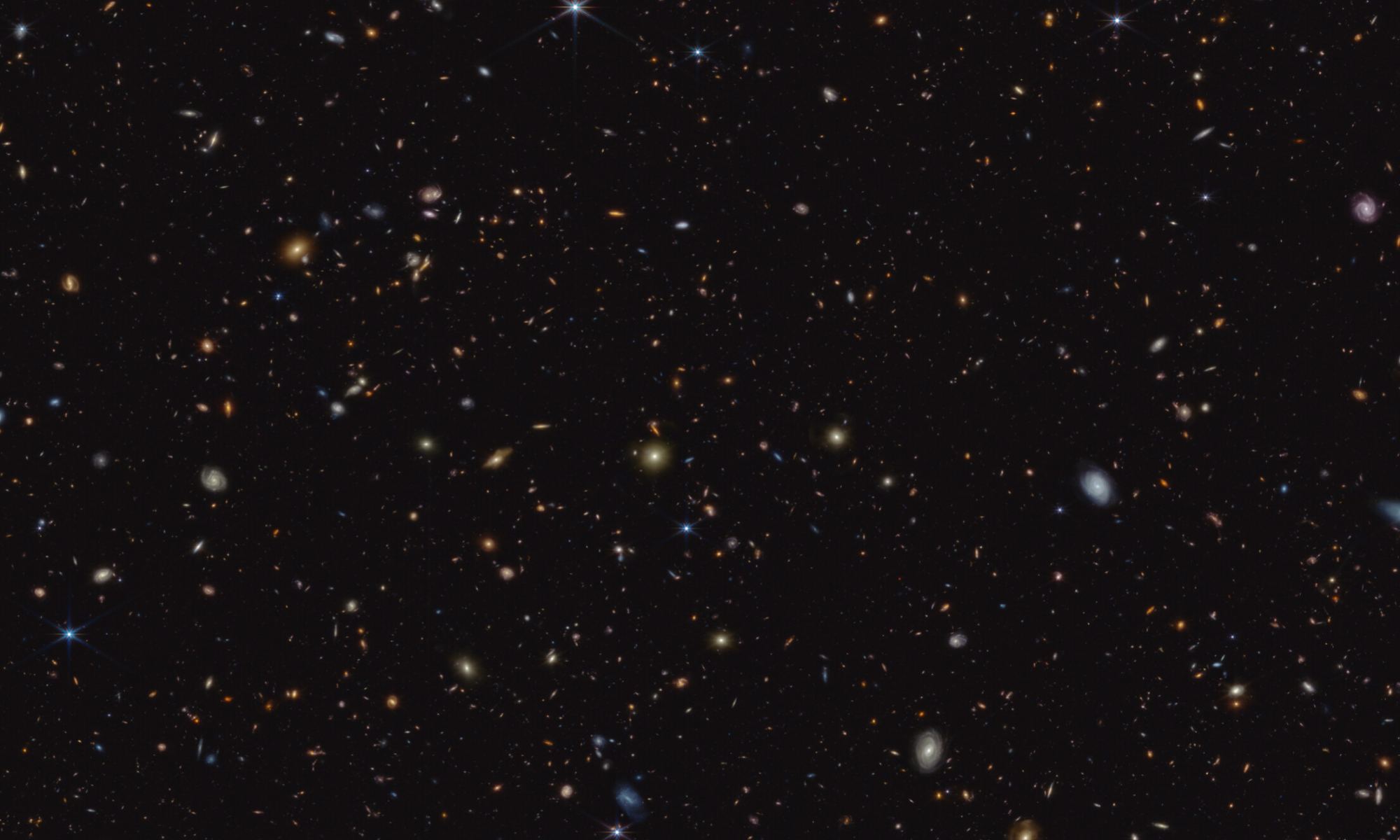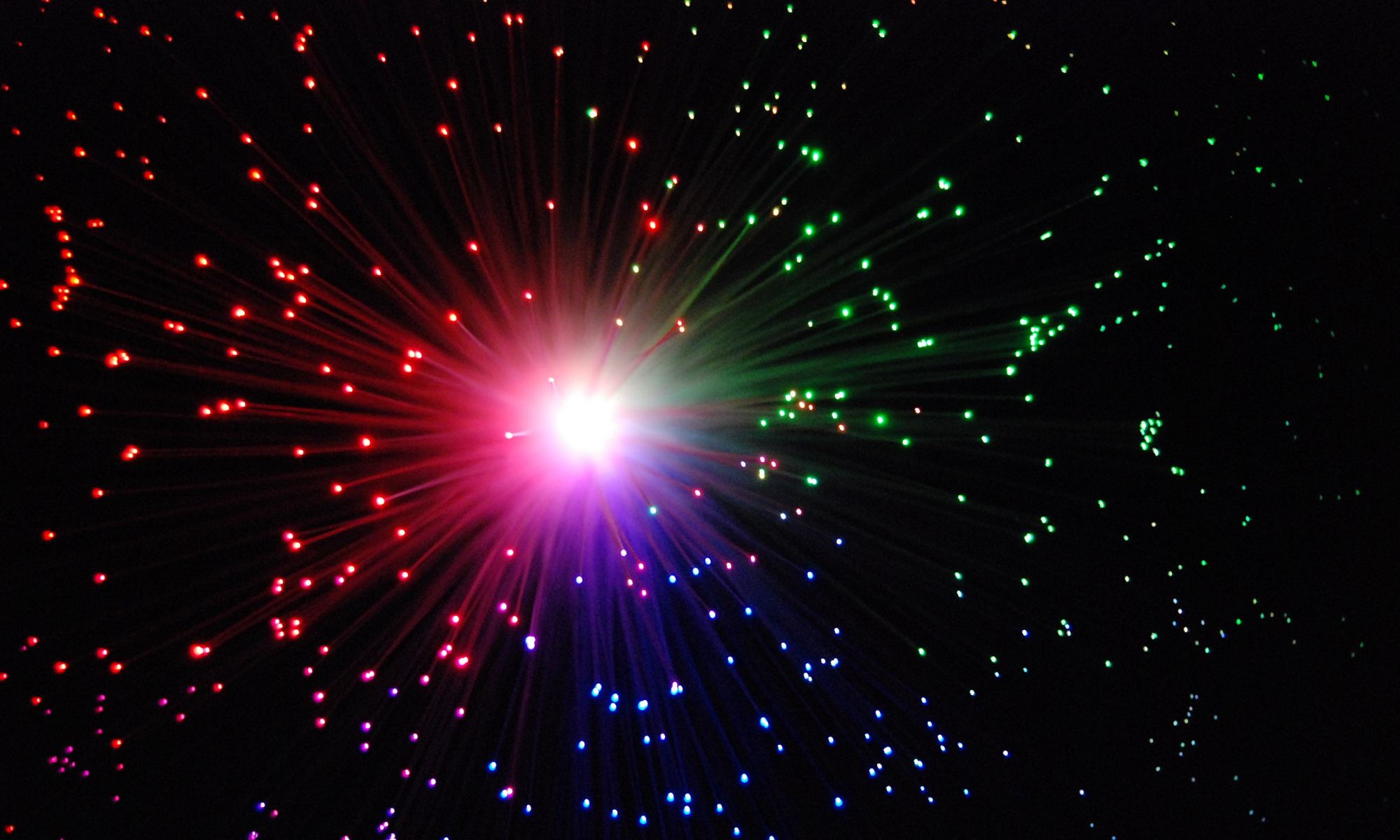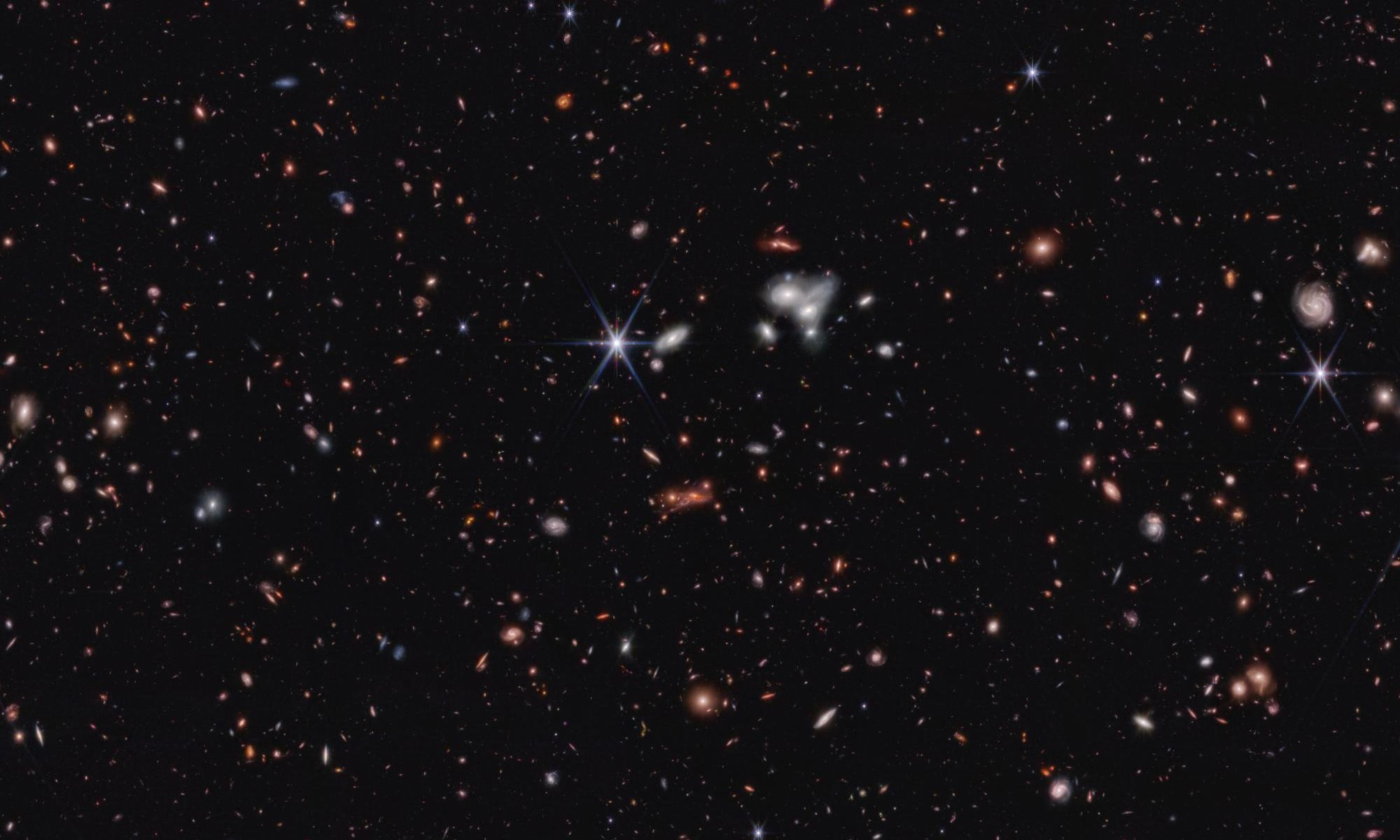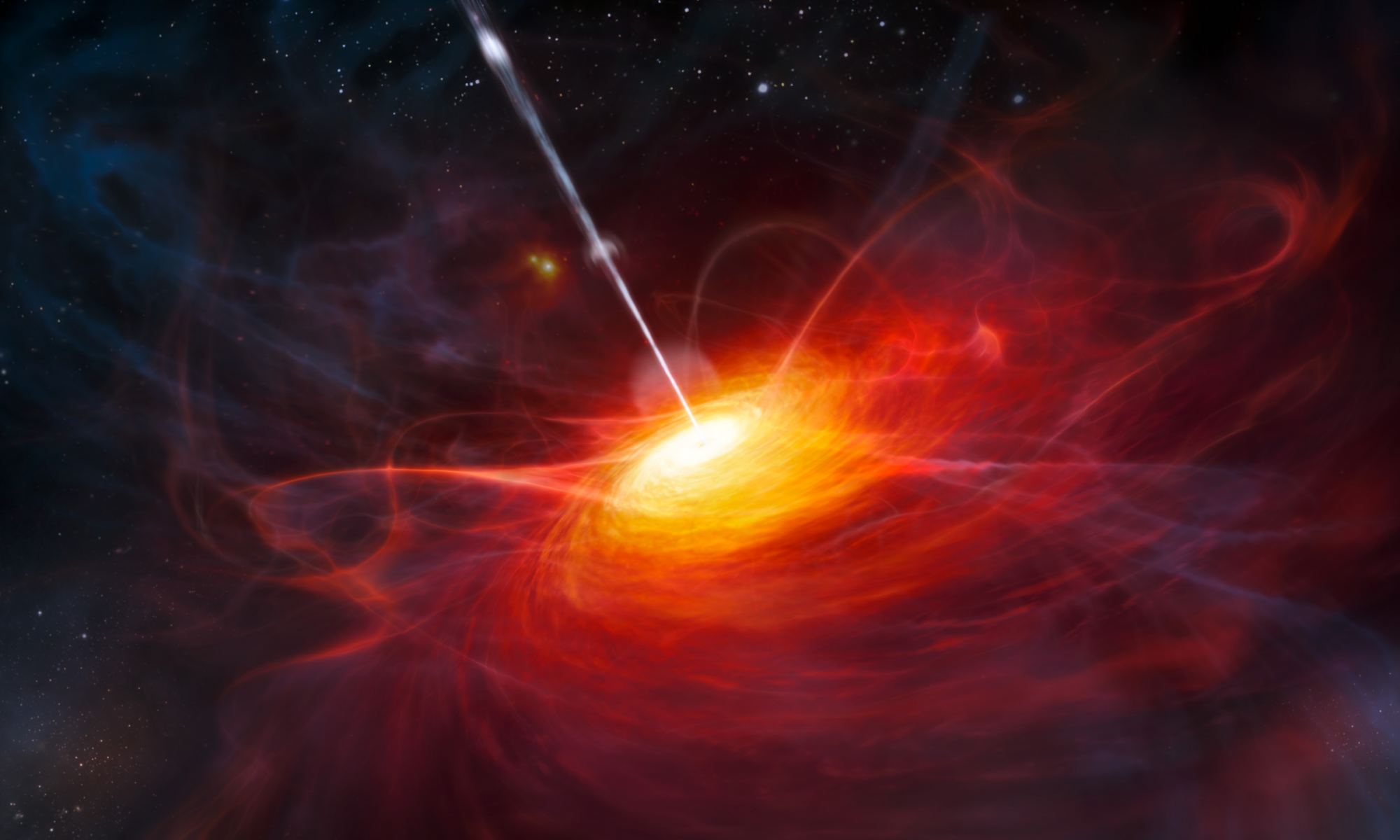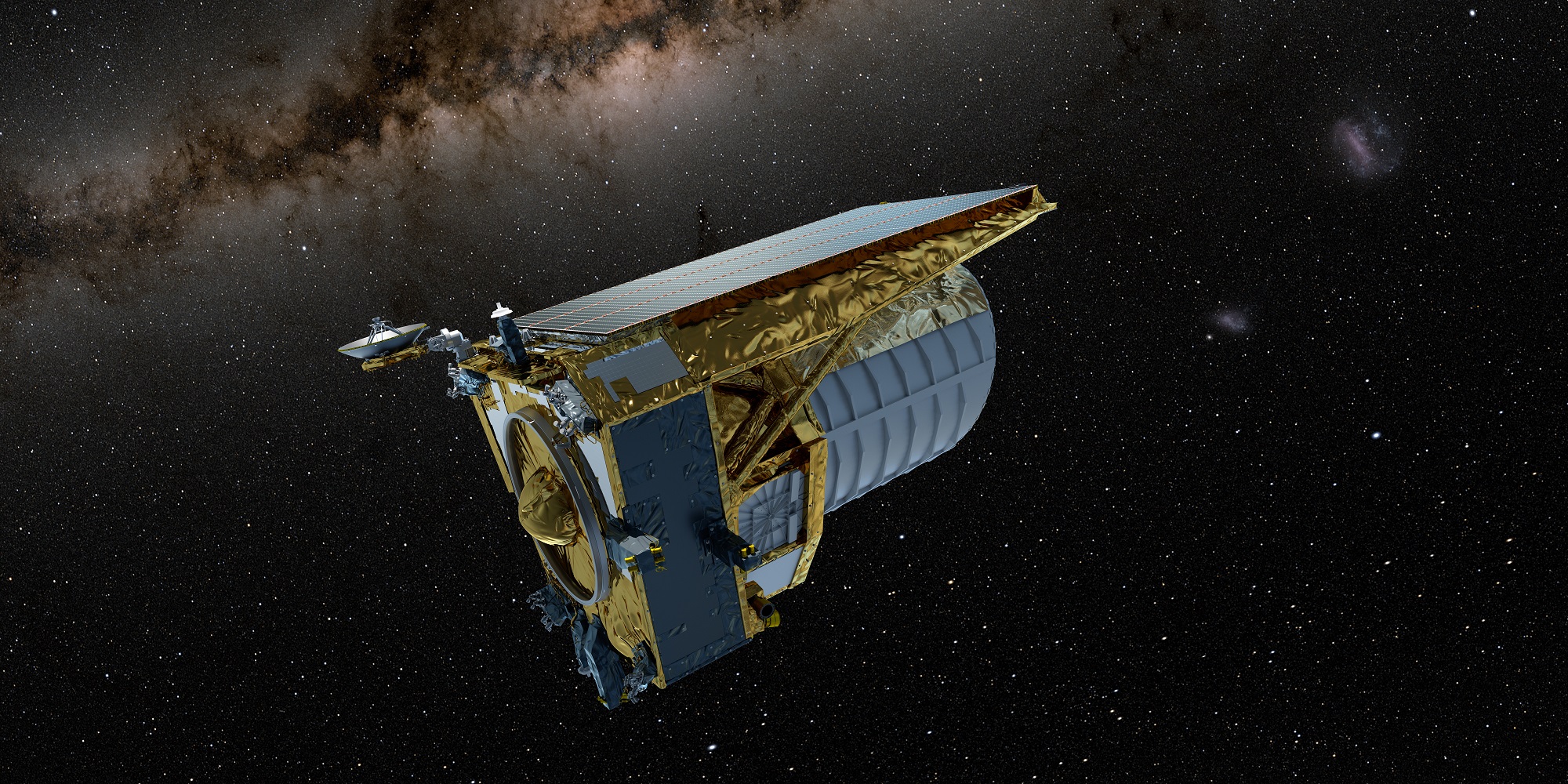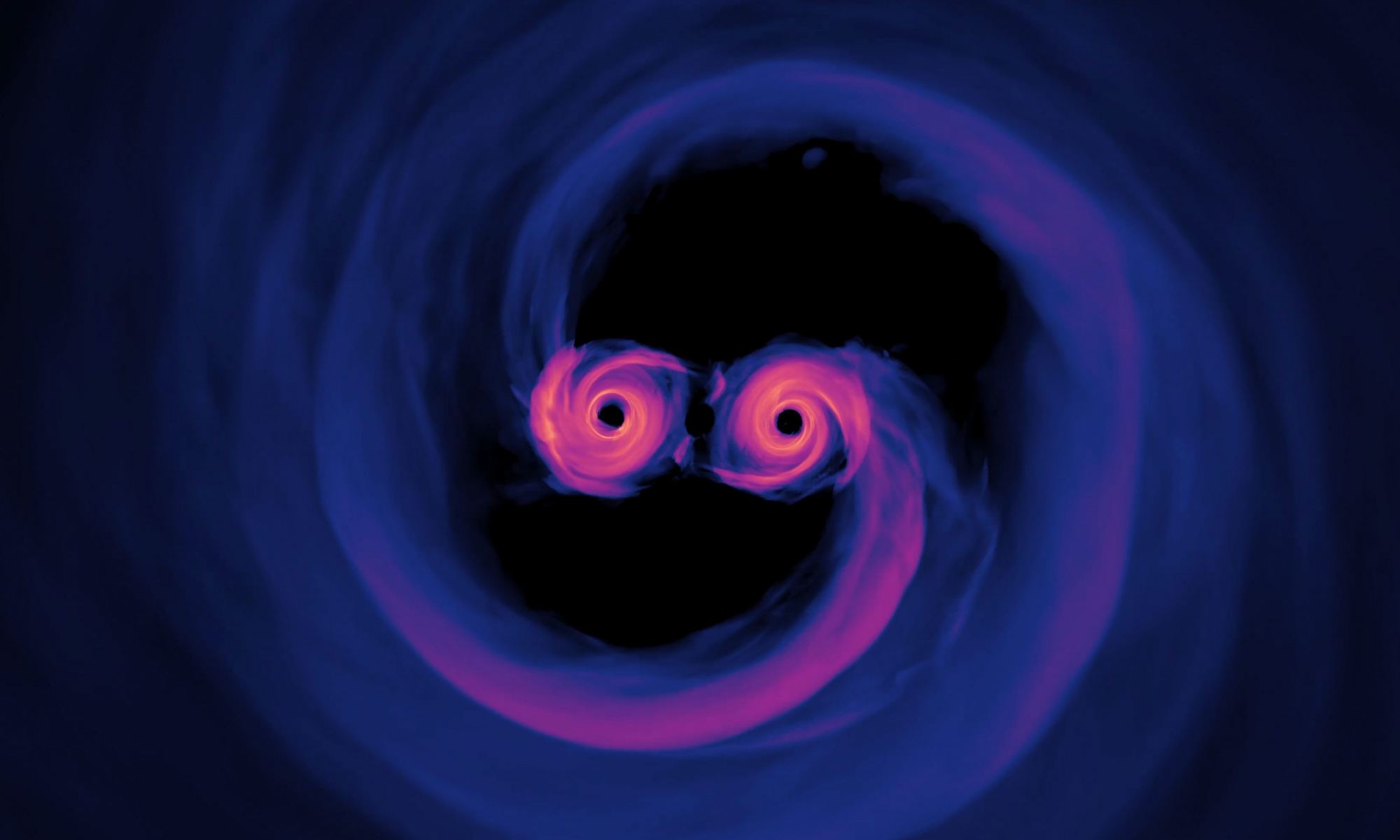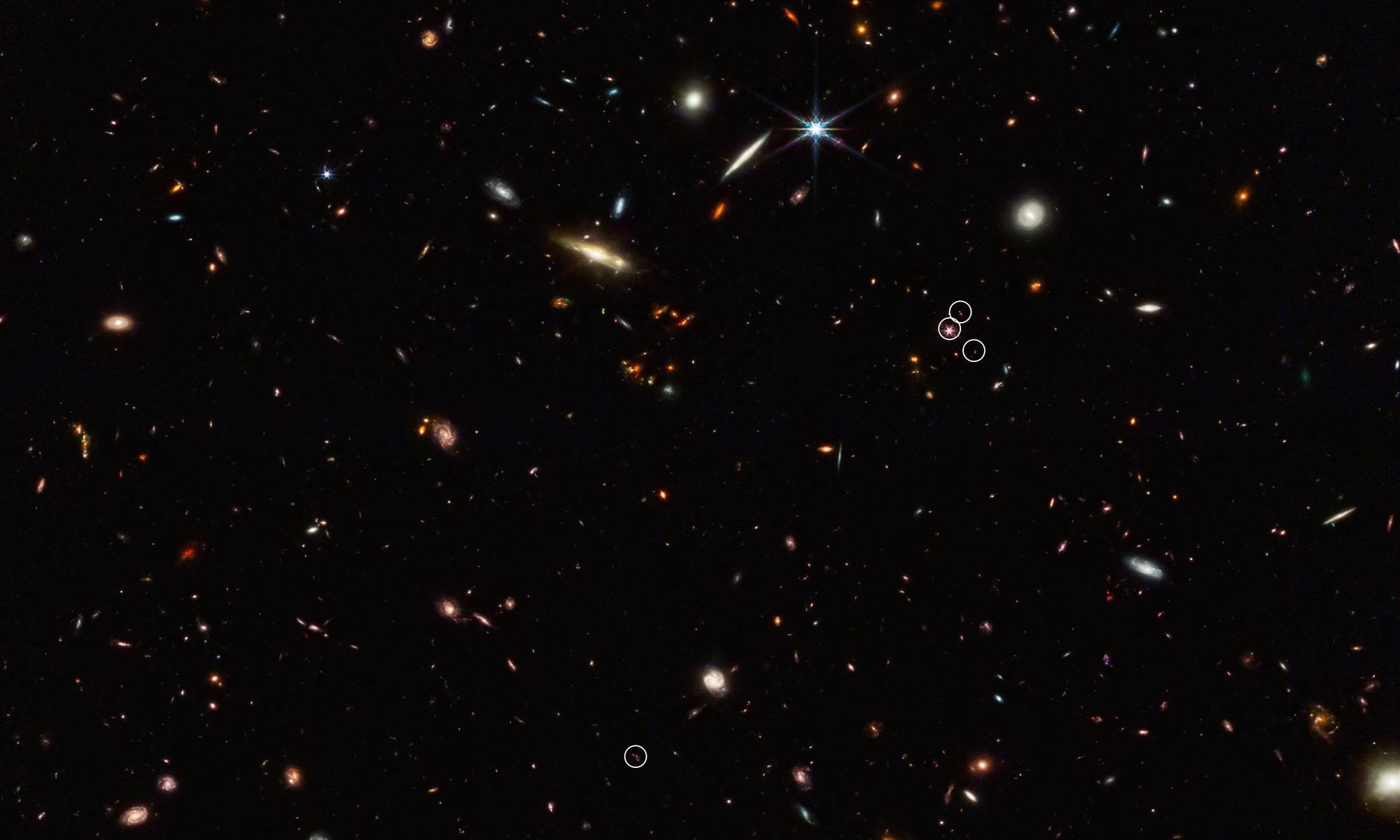The James Webb Space Telescope (JWST) has accomplished some amazing things during its first year of operations! In addition to taking the most detailed and breathtaking images ever of iconic celestial objects, Webb completed its first deep field campaign, turned its infrared optics on Mars and Jupiter, obtained spectra directly from an exoplanet’s atmosphere, blocked out the light of a star to reveal the debris disk orbiting it, detected its first exoplanet, and spotted some of the earliest galaxies in the Universe – those that existed at Cosmic Dawn.
Well, buckle up! The Space Telescope Science Institute (STScI) has just announced what Webb will be studying during its second year of operations – aka. Cycle 2! According to a recent STScI statement, approximately 5,000 hours of prime time and 1,215 hours of parallel time were awarded to General Observer (GO) programs. The programs allotted observation time range from studies of the Solar System and exoplanets to the interstellar and intergalactic medium, from supermassive black holes and quasars to the large-scale structure of the Universe.
Continue reading “James Webb is a GO for Cycle 2 Observations!”


